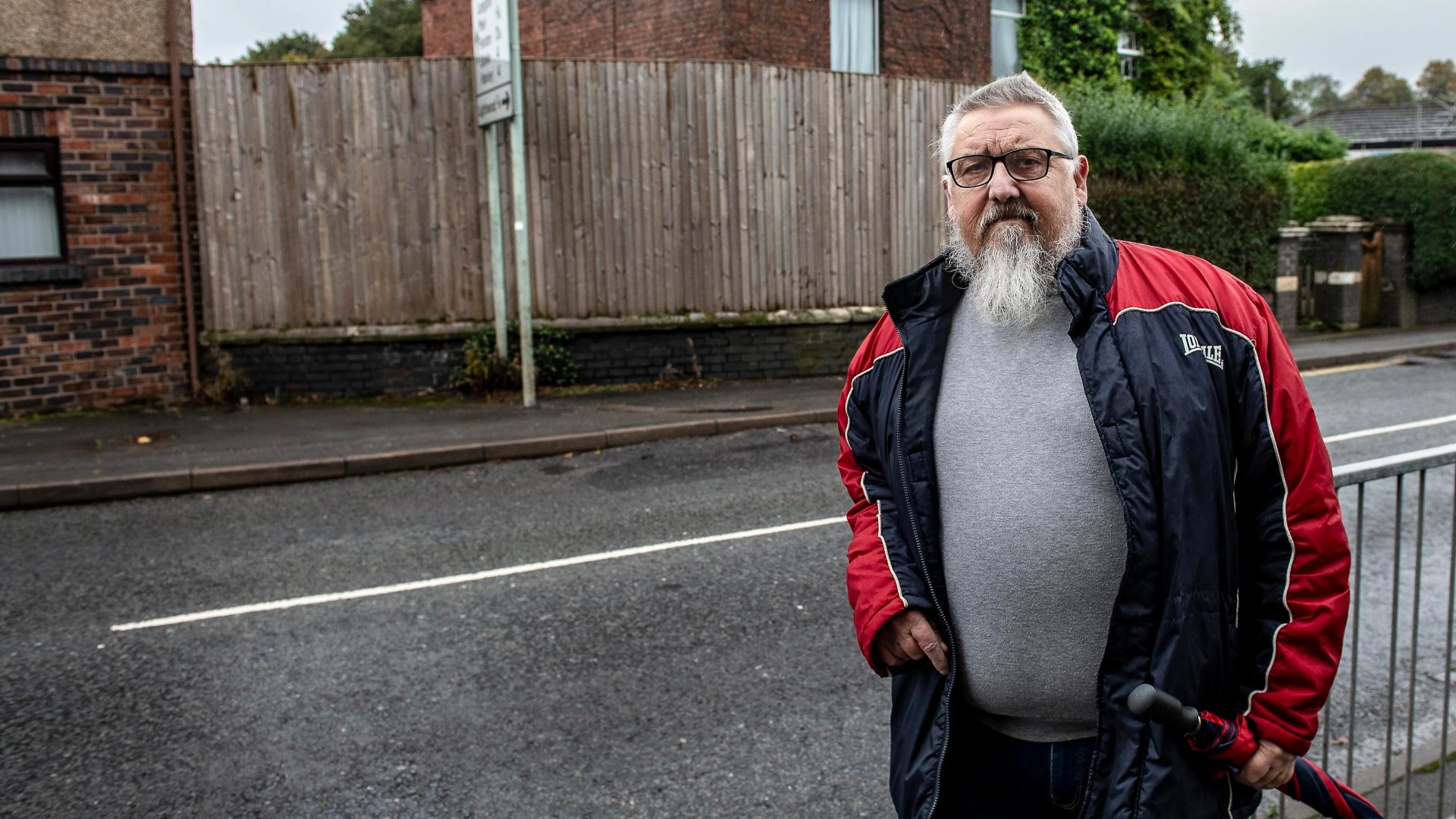The drugmaker Eli Lilly told the-then UK health secretary last year that its new Alzheimer’s drug could be a one-off preventive treatment course, despite limited data to back up these claims, freedom of information requests have revealed.
In a December 2023 meeting with the Conservative minister Victoria Atkins, Eli Lilly’s chief executive David Ricks said that the company’s donanemab drug had “the potential to prevent Alzheimer’s by treating those with a diagnosis before symptoms have developed”. This would be done by reducing the amyloid plaque protein clumps in the brain that are thought to cause the disease, according to paraphrased minutes released in response to the FOI requests.
Atkins noted the drug’s “game-changing potential”.
But the company has yet to prove this is the case: a study examining donanemab’s preventive potential is not due to end until 2027, a point that was not made clear in the meeting minutes provided for the FOI requests.
Asked about the minutes, Lilly told the Financial Times it believed “there is the potential to treat those with an Alzheimer’s disease diagnosis before symptoms have developed, which we are validating through our ongoing trial”.
The comments have been revealed as drugmakers face more scepticism from European than from US regulators about the costs of identifying eligible patients and administering new Alzheimer’s drugs as well as safety concerns, after a rival treatment was rejected by the European Medicines Agency.
In a wide-ranging discussion, Ricks also told Atkins that donanemab was a “one and done treatment course, with amyloid plaque taking a couple of decades to reaccumulate after treatment”.
Amyloid does build up slowly in the brains of Alzheimer’s patients but whether donanemab is a “one and done” treatment is unknown because the drug has only been trialled in recent years.
Several experts said it was difficult to tell yet if the drugs had preventive potential, while longer-term benefits were also unproved.
Lilly told the FT that its ongoing trial exploring the preventive potential of the drug involved “nine monthly doses [delivered by infusion], following which therapy is stopped”. After the amyloid is removed “it will likely take many years to accumulate”, it added.
Atkins said that meeting companies like Eli Lilly was “one of the most exciting parts of the role to understand the developments and treatments” for diseases like dementia.
The meeting was one of several between Eli Lilly and Conservative health ministers in 2023.
Eli Lilly’s drug is being reviewed by the UK’s Medicines and Healthcare products Regulatory Agency (MHRA) to treat patients with symptomatic, early-stage Alzheimer’s.
Donanemab and lecanemab, a rival treatment developed by Japanese drugmaker Eisai and US biotech Biogen, have both been approved by US and Japanese regulators. But the European Medicines Agency has rejected lecanemab and is still assessing donanemab.
The MHRA approved lecanemab for UK use in August but Nice, the
National Institute for Health and Care Excellence cost-effectiveness watchdog, said it would not be prescribed by the NHS because its benefits were “too small to justify the significant cost”.
During clinical trials, lecanemab slowed the progression of Alzheimer’s disease by four to six months in people in the early stages of the disease. Donanemab slowed it slightly more.
However, 27 per cent of lecanemab patients and more than a third of donanemab patients experienced “amyloid-related imaging abnormalities” (Aria) caused by brain swelling and bleeding.
In its decision to reject lecanemab, the European Medicines Agency said “the seriousness of this side-effect should be considered in the context of the small effect seen with the medicine”. The MHRA has called for testing for a gene linked to higher Aria rates.
Another challenge for health systems is the infrastructure required to diagnose the disease early enough for the drugs to be effective and to administer them and monitor patients for side-effects.
In his meeting with Atkins, Ricks noted that the Pet scans — used to identify potential patients and monitor their progress — are “expensive and there are not enough Pet cameras to test at the scale required”.
Eisai is appealing against both the Nice decisions and the EMA’s ruling. Gary Hendler, head of Emea at Eisai, said regulators should avoid making “a short-term decision that could impact R&D in the long term.”
Lecanemab is “obviously not the panacea, it’s not the cure. But without the first step, what’s the add-on medicine? Where do you go after that?” he said.
Anne White, head of neurology at Lilly, said it was “hugely disappointing that they reacted this way to [lecanemab]”. She added that it was “almost unthinkable” that new Alzheimer’s drugs would be “available in the US, China, Japan, UAE . . . across the world potentially and then, not in Europe”.
The EMA and MHRA declined to comment.





































































































































































You must be logged in to post a comment Login